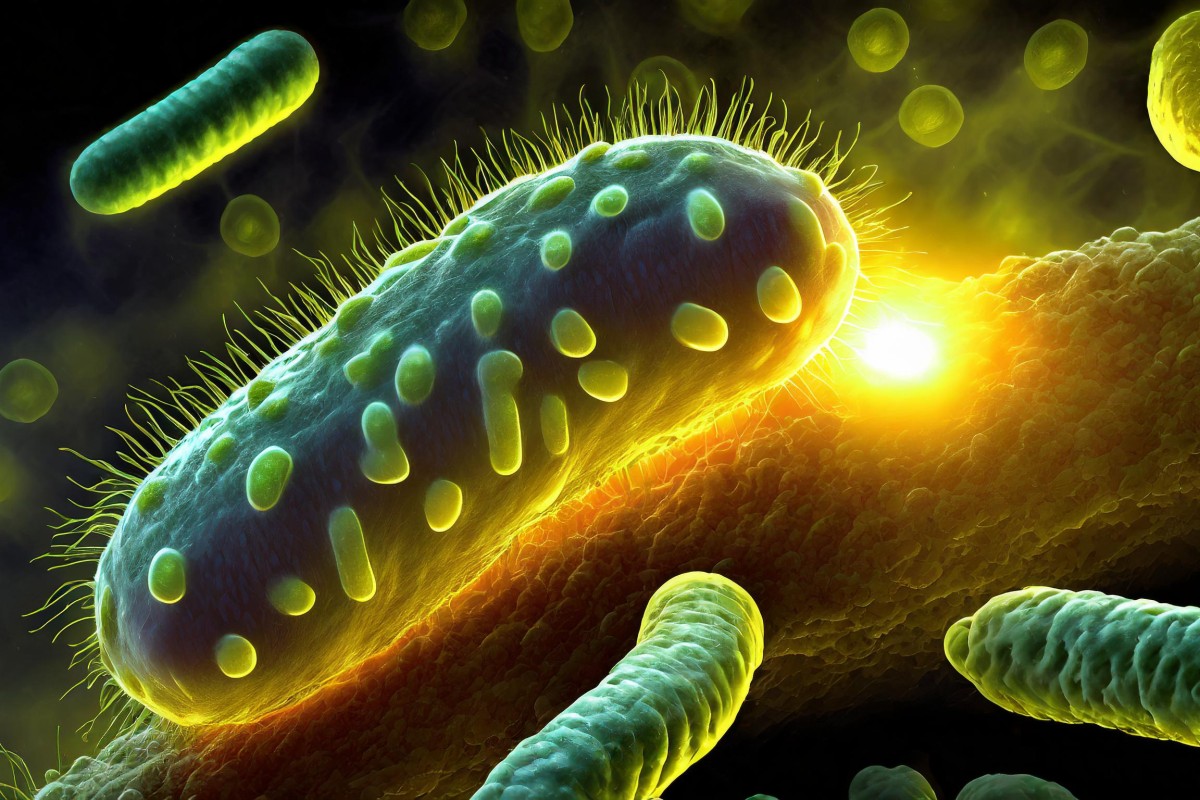What is Listeria? 10 Things You Need to Know

There are 15 known species of Listeria bacteria, and even though cases are now rare compared to 30 years ago, infections can still be serious.
Listeria monocytogenes are most likely to cause a food poisoning infection, particularly for pregnant women and those with vulnerable immune systems or underlying health issues.
Here are 10 things you need to know about Listeria:
- Listeria bacteria were first discovered in the 1920s, and a Listeriosis infection cause by the rod-shaped bacteria can take between 3 and 70 days to manifest as symptoms.
- While formal diagnosis requires a blood test, common symptoms include headaches, fever, stiff neck, vomiting and diarrhoea lasting 2-3 days. Over the counter pain relief and staying hydrated is usually sufficient treatment for mild cases.
- More severe cases can spread to other parts of the body leading to sepsis or meningitis.
- As with most opportunistic pathogens, those with weakened immune systems, underlying health issues, the very old or young and pregnant women are most at risk.
- Pregnant women are 10 times more likely to contract Listeriosis and are advised to avoid high risk foods.
- These include pre-packed sandwiches, pate, butter, cooked sliced meats and smoked salmon.
- In recent years, soft cheese, celery, sprouts, cantaloupe and unpasteurised dairy products have been linked with outbreaks.
- Listeria bacteria can commonly be found in food production environments and food can become contaminated after cooking but before packaging, slicing or handling in the home.
- Safer food storage helps to reduce the risk of the bacteria spreading. As well as abiding by ‘Use By’ dates, keeping refrigerators between 0C and 5C and keeping uncooked meats, poultry and seafood separate from produce, cooked and ready-to-eat foods.
- Good food hygiene should be practice also, including washing hands before and after handling food, preparing food on clean surfaces and ensuring that food is cooked thoroughly before eating.
For more information on Listeria, you can read our comprehensive overview at Listeria Explained: History and Characteristics of the Bacterium
What Next?
🔗 Follow us on Social Media, here is our LINK TREE
✉️ See how our additive technology can benefit your business by CONTACTING US
🦠 Find out more about Biomaster Antimicrobial Technology HERE
🎥 Watch our video on how Biomaster works WATCH NOW
📰 Subscribe to our Newsletter - SUBSCRIBE
← Back to blog



